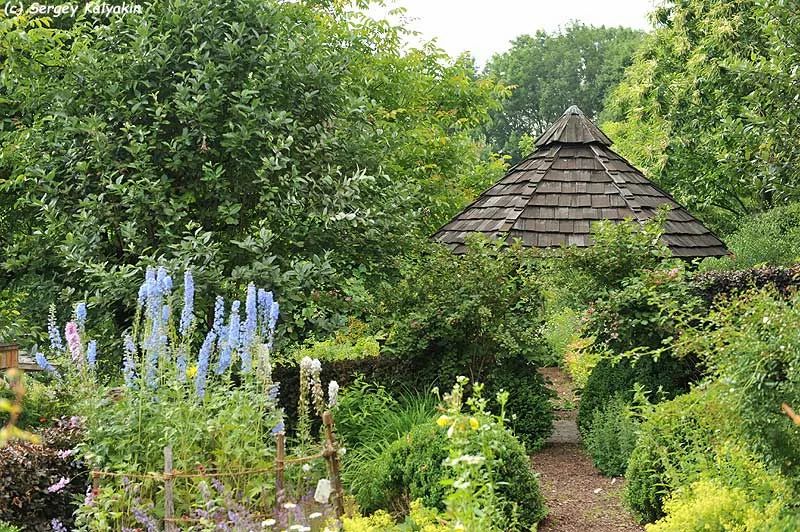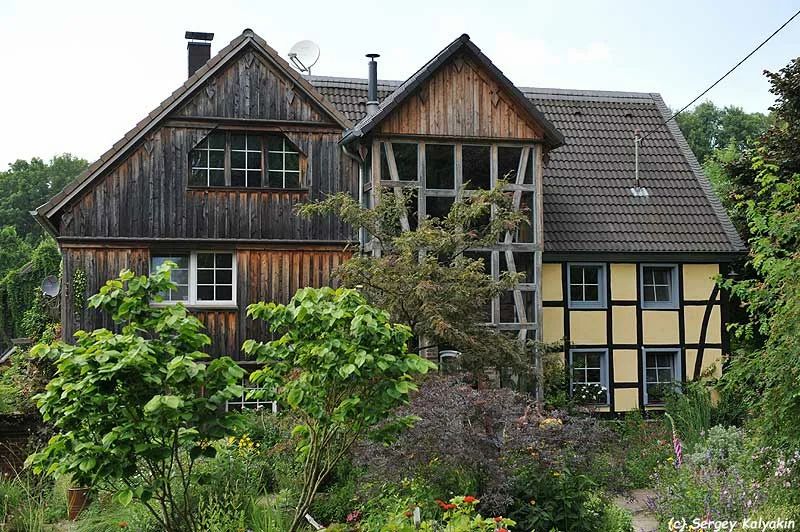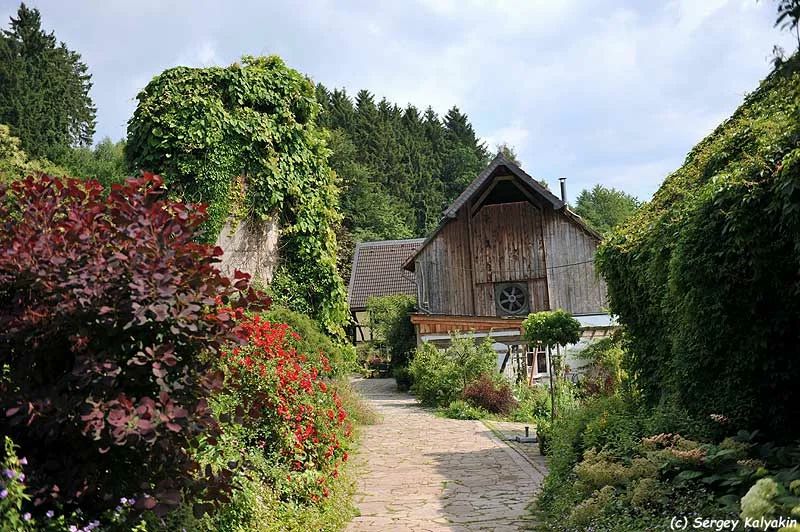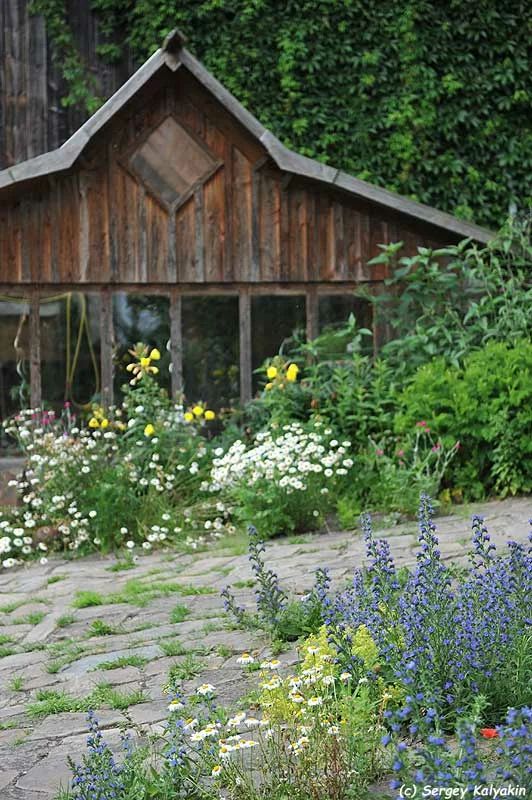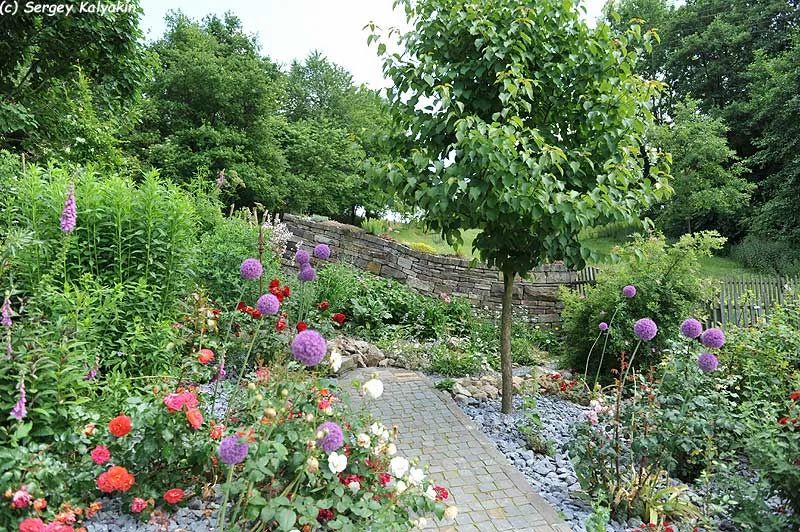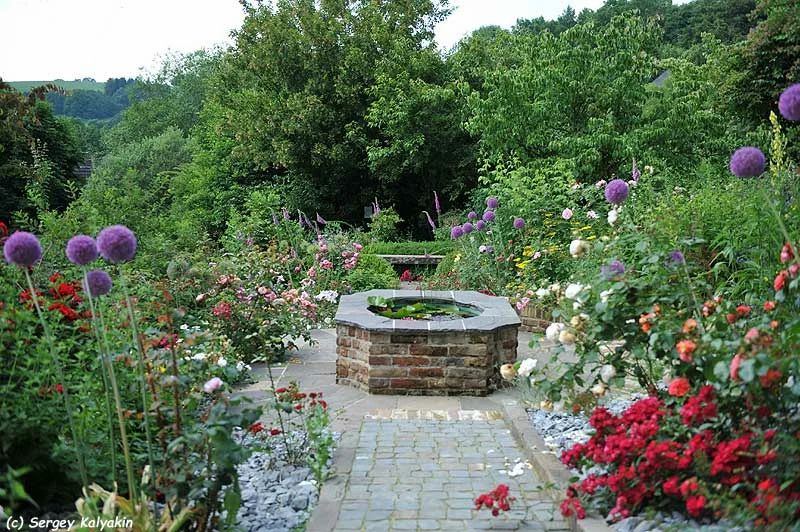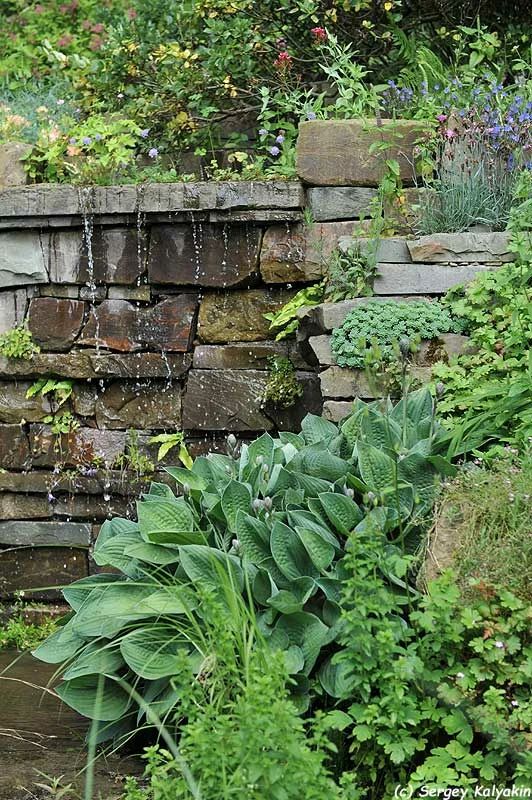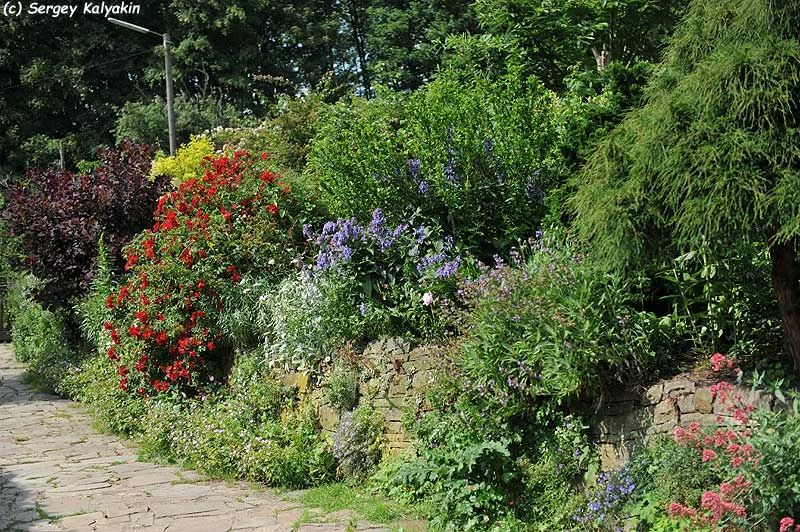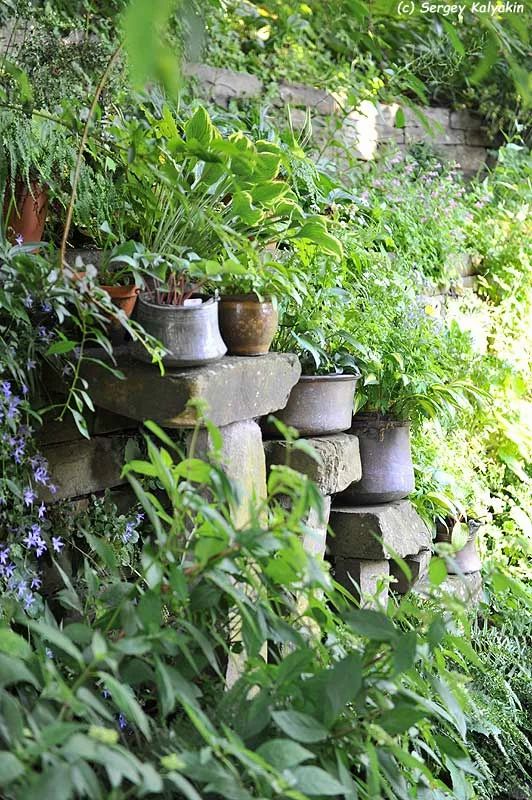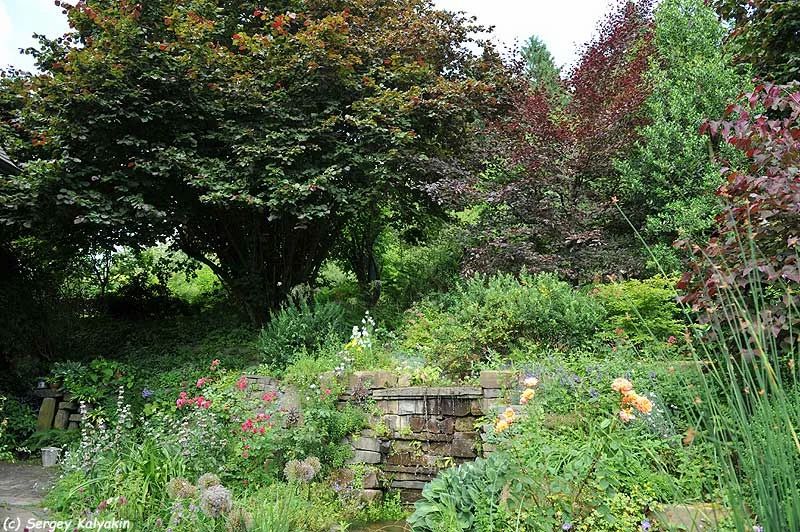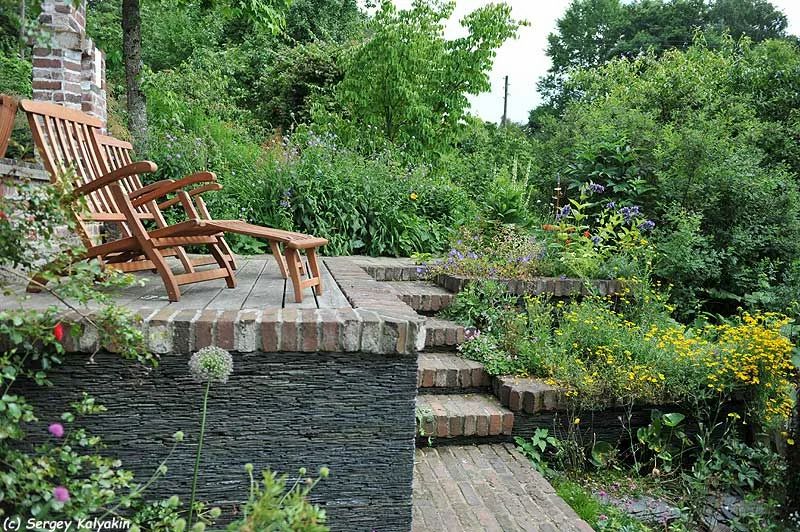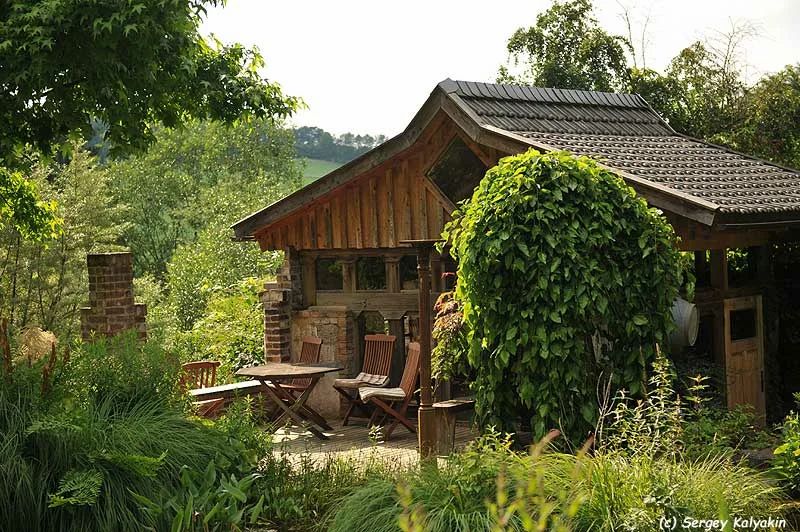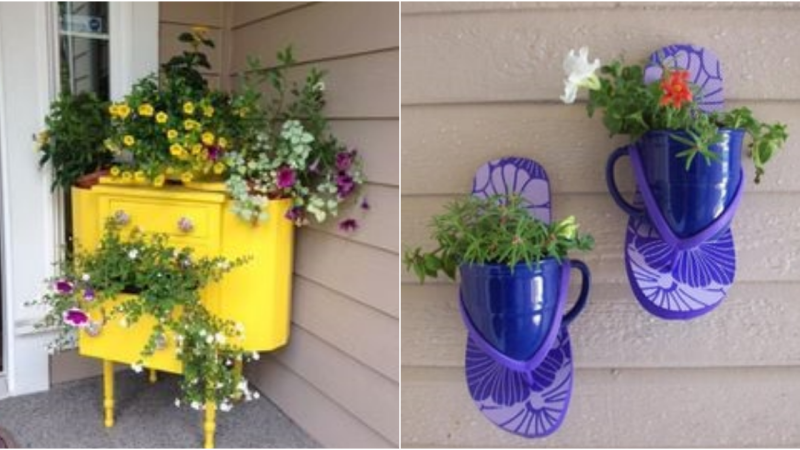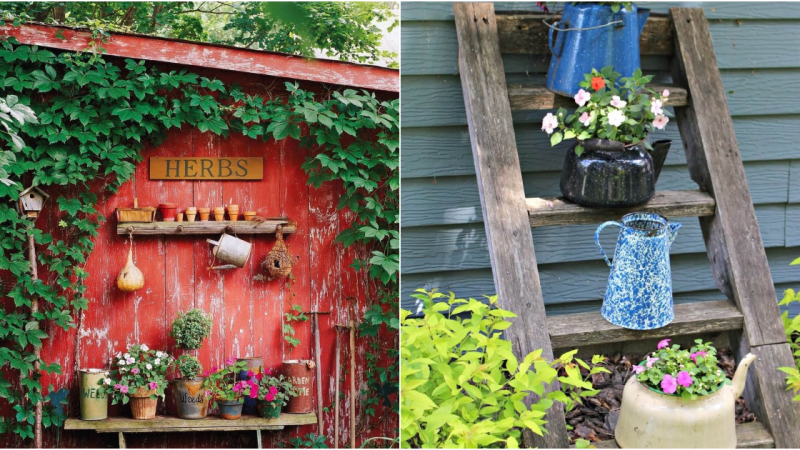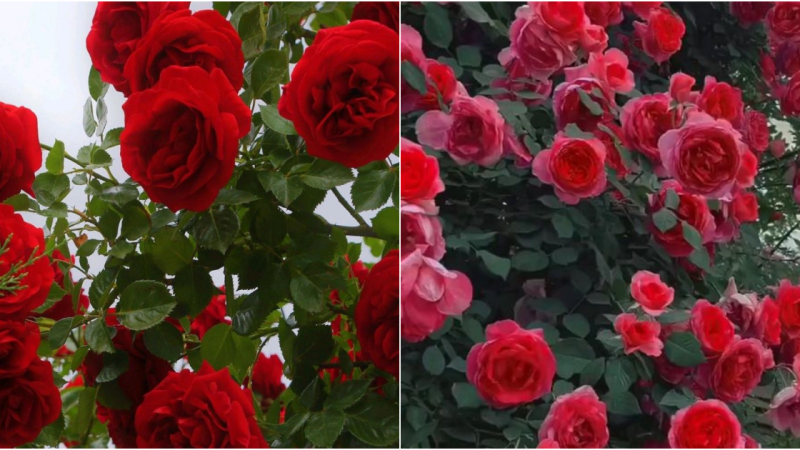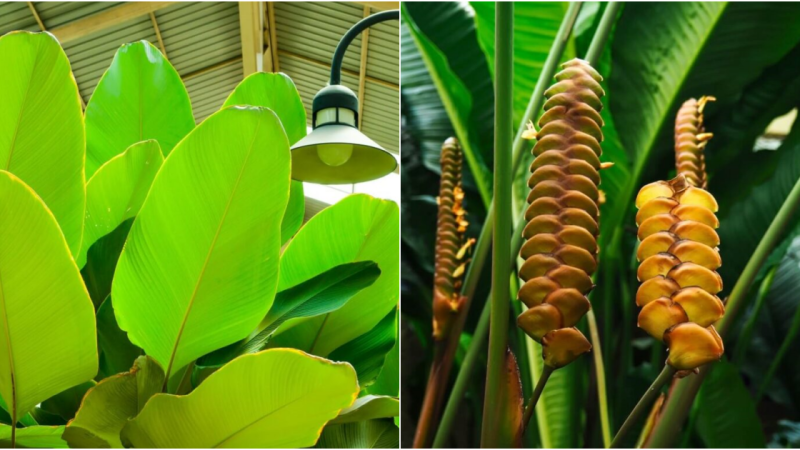The Beauty of a Garden: A Masterpiece Crafted with Stone and Passion
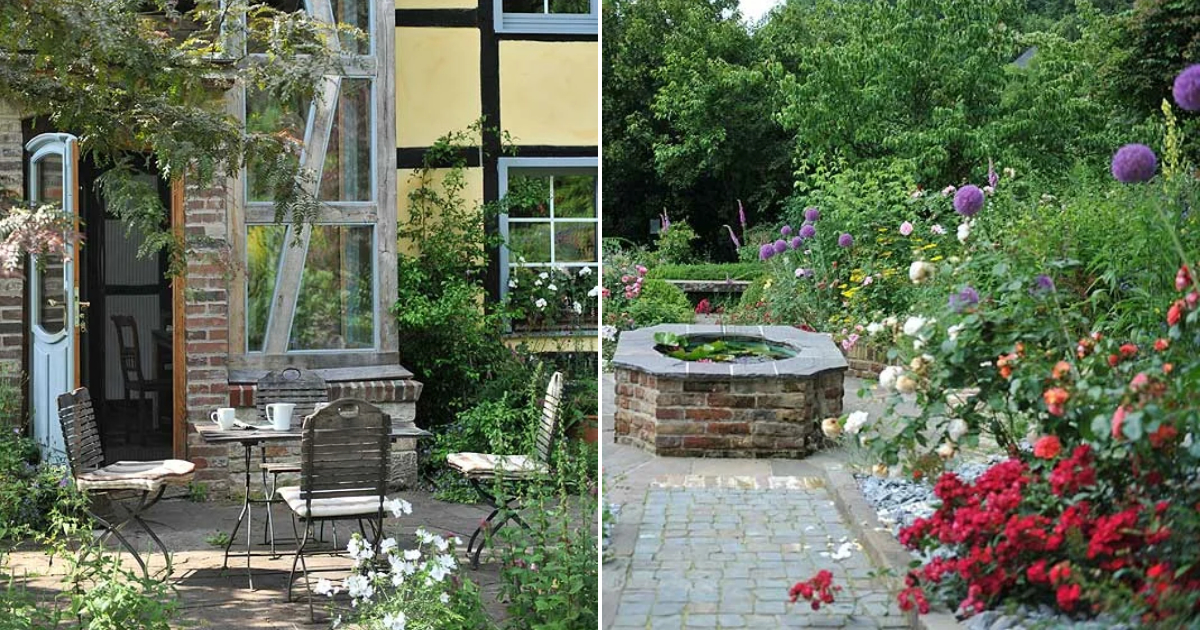
Over 800 tons of stones have passed through the hands of the owners of this garden. They themselves built 150 linear meters of dry-stone retaining walls, and there are countless terraces and pathways.
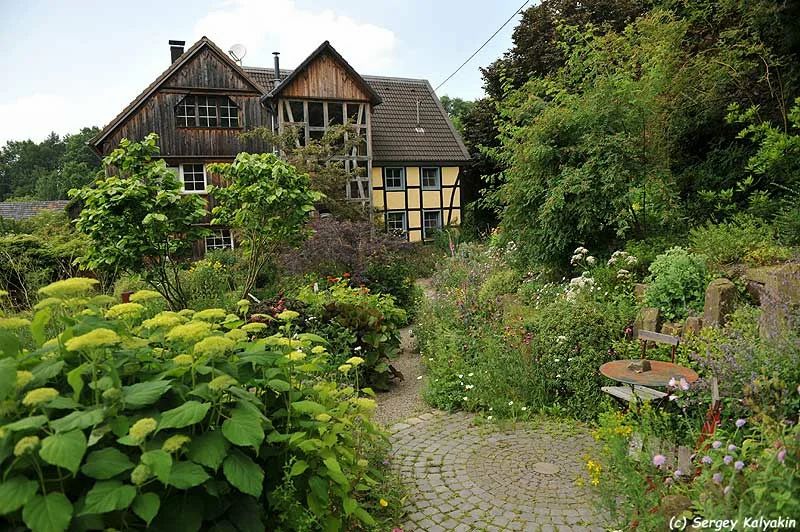
Who would have thought that just twenty-five kilometers away from Cologne, there would be such tranquility and beauty? To reach Frank Schroder and Nicole Frank’s garden, one must take a meandering journey through country roads and try not to get lost. In 2013, I visited Ommertalhof garden and interviewed its owners.
“Mr. Schroder, why did you choose a rural area for your property?” I asked.
“My wife Nicole comes from a farming family, and I am a professional landscape designer. We always dreamed of having a large garden without boundaries or neighbors. Seventeen years ago, we found what we were looking for: a farmhouse from the early 18th century, a stable, sheepfold, and grain storage. We also had a hectare of land with our own water source (we don’t have a water supply system; instead, we use a septic tank for sewage).”
“We started beautifying the entrance area. Initially, we planned to dismantle the grain storage tower, but then we decided it would be easier to ‘drape’ it. We planted ten different types of vines at the base. Ivy provides winter greenery, and in summer, you mainly see the Quan Ye grape and the large-leaved aristolochia. I believe it will take two to three lifetimes to complete the design of this garden, but we are creating new corners step by step.”
“What are your latest achievements?” I inquired.
“We transformed the former chicken coop into a dry garden, where beautiful ‘weeds’ thrive: buttercups, bluebottles, and chamomile. No fertilizers, watering, or weeding required.”
“And last June, we established a rose garden. I’m not particularly fond of roses; they are quite challenging to grow in our rainy location. Here, we receive 1200 mm of precipitation per year, while Cologne, for example, only gets 600 mm. Roses don’t respond well to such humidity.”
“But Nicole really wanted a rose garden, so we covered the entire designated area with a film, cutting only planting holes for the roses. As a result, water doesn’t penetrate the soil much. We covered the film with stones, which not only look decorative but also facilitate quick water evaporation since the stones heat up well in the sun. We had to resort to such tricks for the sake of roses.”
“The garden follows a classic layout: visual axes with focal points at the ends and intersections. Here, for example, from a bench, you have a view of a beautiful stone wall that replicates the slope’s relief…”
“You’ll notice that the garden is permeated with these visual axes throughout. And at each intersection, there is a unique feature. Here, we have a small pond with miniature water lilies. We also have gazebos and sculptures… And we call this wall the ‘patchwork’ wall; it’s made from a whole mountain of leftover stones and old bricks.”
“Next to it, there’s a ‘patchwork’ staircase made of 25 different types of stones. In fact, walls and steps are everywhere because the elevation difference on the property is 24 meters.”
“That’s incredible! How much time and effort did you spend building all these terraces and retaining walls?” I asked.
“My wife and I are landscapers, specializing in dry-stone walls. We have 150 linear meters of retaining walls on our property. Fortunately, there are two quarries nearby, and the local stone costs us 17 euros per ton. The Indian slate is even cheaper; I’m not sure why. We did everything ourselves here. Over the 17 years we’ve lived here, we estimate that we’ve spent at least 20,000 hours each working in the garden. We’ve handled around 800 tons of natural stone and 1200 different types and varieties of plants.”
“How do you properly build a dry-stone retaining wall?” I inquired.
“First, you need to dig a trench 20 cm deep and fill the base of the retaining wall with gravel or concrete chunks. The first row of stones is laid at an incline, taking into account that for every meter in height, the wall will lean back 10 cm. The gap between the soil and the retaining wall should be filled with a layer of gravel or concrete chunks. Then, proceed with the second row and so on. The stones should be at least 25 cm wide (which will be the width of the wall). This ensures they have enough weight to maintain the wall’s geometry during winter when the soil starts to push due to frost. The heavier the soil, the wider the gravel layer should be. On average, we use about 700 kg of stones and 300 kg of gravel per square meter of the wall.”
“Of course, there are variations. For example, the traditional retaining walls in villages along the Moselle River have steps, allowing people to climb onto the wall. We decorated them with pots of hostas. By the way, we noticed that blue hosta varieties grow well in the shade on the retaining walls, right between the stones.”
The garden truly exemplifies the dedication and creativity of its owners. With its intricate design, lush vegetation, and captivating features, it is a testament to their passion for landscaping.
